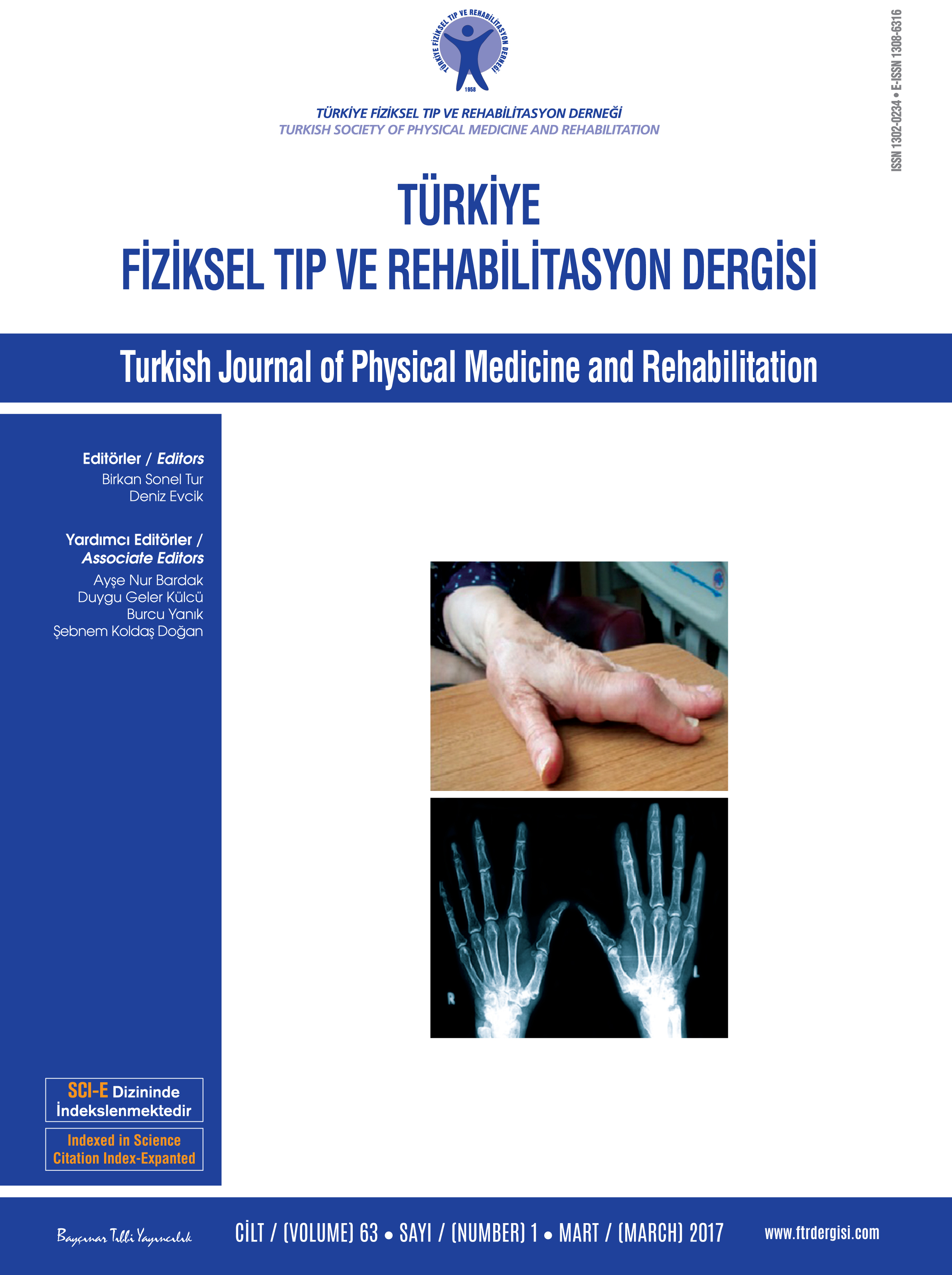Demographic and clinical profile and functional outcomes of patients with spinal cord injury after rehabilitation
Patients and methods: In this retrospective and descriptive study, we investigated a total of 118 SCI patients (74 males, 44 females; mean age 41±16 years; range 13 to 74 years) with full records who were admitted to our rehabilitation program between January 2005 and December 2010. Demographic characteristics of the patients, etiological factors, time since injury, length of hospital stay, level of injury, as assessed by the American Spinal Injury Association (ASIA) Impairment Scale and functional status, as assessed by the Functional Independence Measure (FIMTM) on admission and discharge were analyzed. Complications related to SCI were also noted. Characteristic features of the patients’, frequency of complications, and functional and neurological recovery were evaluated.
Results: Of the patients, 70% were tetraplegic. The median time since injury was four months (IQR: 1 to 15 months), while the median length of stay was 76 days (IQR: 46 to 104 days). Four of 47 patients (8%) with Grade A (complete) according to the ASIA Impairment Scale on admission progressed to Grade B on discharge. Functional independence measure motor scores showed significant improvements at discharge (p<0.0001). The most common complications were urinary tract infections (70%), pressure ulcers (31%), and pain (28%).
Conclusion: Inpatient rehabilitation in a tertiary referral hospital appears to provide substantial functional and motor gains in patients with SCI. Based on our study results, considerable improvement in the activities of daily living, as assessed by FIM motor scores, can be achieved with rehabilitation.
Keywords : Function; outcome; rehabilitation; spinal cord injury

















